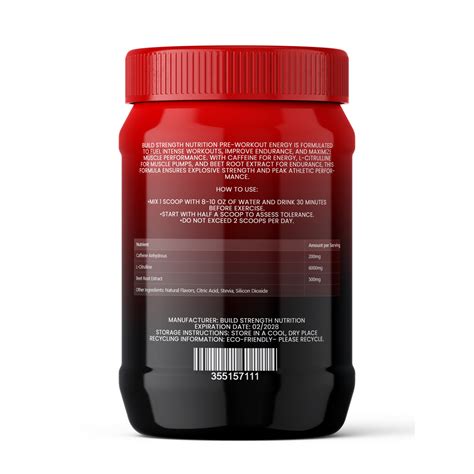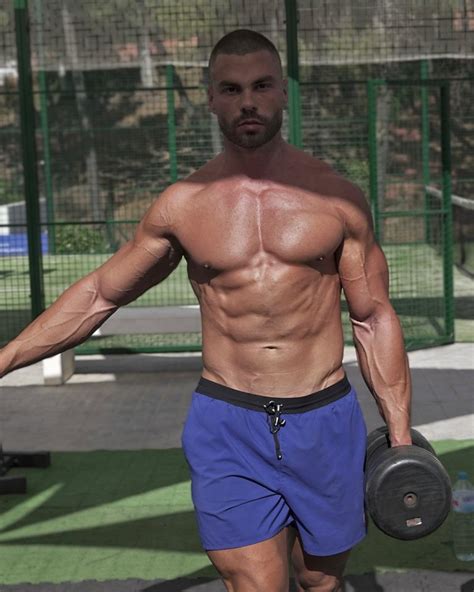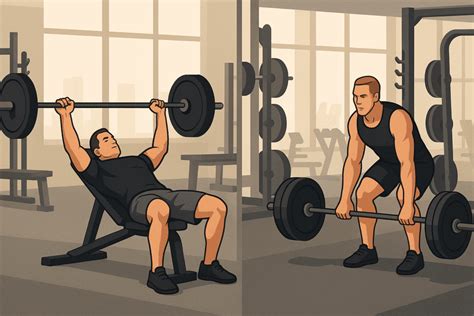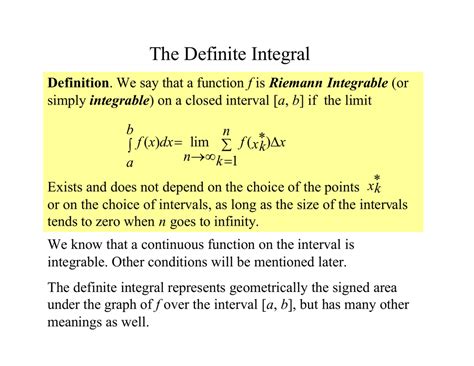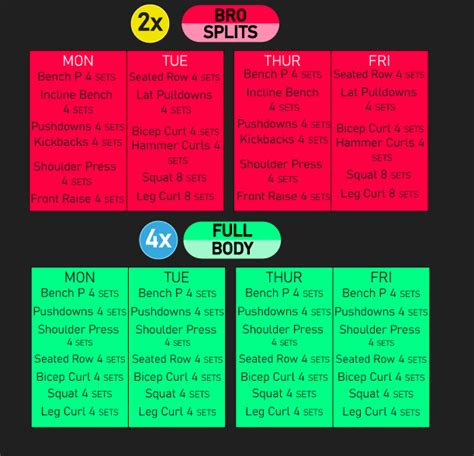Optimal workout split for men targeting peak strength & muscle growth?
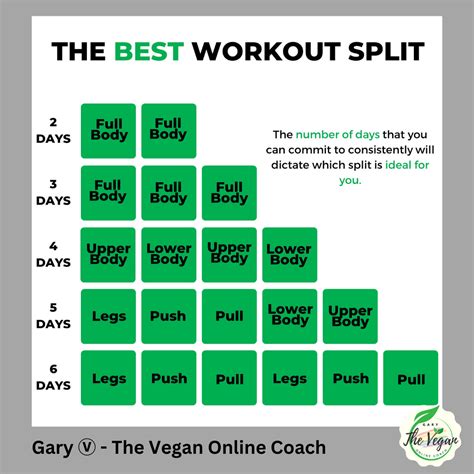
For men dedicated to transforming their physique, the pursuit of peak strength and substantial muscle growth is a constant journey. While commitment in the gym and a disciplined diet are fundamental, the strategic organization of your training – known as your workout split – is arguably the most critical factor in achieving these ambitious goals. A well-designed split ensures adequate stimulus for muscle growth, sufficient recovery, and targeted progression, laying the foundation for consistent gains.
Understanding Workout Splits: The Foundation of Progress
A workout split refers to how you divide your training sessions over the course of a week, allocating specific muscle groups or movement patterns to different days. The “optimal” split isn’t a one-size-fits-all answer; it depends on your experience level, recovery capacity, available training days, and specific goals. However, for those aiming for the pinnacle of strength and hypertrophy, certain splits have proven more effective due to their ability to balance training frequency, volume, and recovery.

Key Principles for Maximizing Strength and Muscle Growth
Before diving into specific splits, it’s essential to understand the underlying principles that drive progress:
- Progressive Overload: Consistently increasing the demands placed on the muscles (e.g., more weight, reps, sets).
- Training Frequency: How often a muscle group is trained per week. Higher frequency often benefits hypertrophy.
- Volume: The total amount of work performed (sets x reps x weight).
- Intensity: The effort level of your training, often related to percentage of one-rep max (1RM) for strength.
- Recovery: Adequate rest, sleep, and nutrition are paramount for muscle repair and growth.
Top Workout Splits for Peak Strength & Muscle Growth
1. Upper/Lower Split
This classic split divides your body into upper body and lower body workouts, typically performed 2-4 times per week (e.g., Upper, Lower, Rest, Upper, Lower, Rest, Rest). It allows for a good balance of frequency and volume, hitting each major muscle group twice a week. This split is excellent for both strength and hypertrophy as it provides ample recovery for specific muscle groups while maintaining a high training frequency.
Example Schedule:
- Day 1: Upper Body (Chest, Back, Shoulders, Arms)
- Day 2: Lower Body (Quads, Hamstrings, Glutes, Calves)
- Day 3: Rest
- Day 4: Upper Body
- Day 5: Lower Body
- Day 6 & 7: Rest

2. Push/Pull/Legs (PPL) Split
The PPL split is highly popular among advanced lifters and bodybuilders. It categorizes exercises based on their movement pattern: ‘Push’ exercises (chest, shoulders, triceps), ‘Pull’ exercises (back, biceps, rear delts), and ‘Legs’ exercises (quads, hamstrings, glutes, calves). This split is typically performed 3 or 6 days a week, hitting each muscle group twice when done 6 days a week. It allows for high volume and frequency, making it exceptionally effective for hypertrophy and strength gains when recovery is managed correctly.
Example 6-Day Schedule:
- Day 1: Push
- Day 2: Pull
- Day 3: Legs
- Day 4: Push
- Day 5: Pull
- Day 6: Legs
- Day 7: Rest

3. Powerbuilding Split
For men specifically targeting both peak strength and muscle growth simultaneously, a Powerbuilding split might be the ultimate solution. This approach blends powerlifting principles (focus on compound lifts like squat, bench, deadlift with lower reps and higher intensity) with bodybuilding principles (higher volume accessory work for hypertrophy). It often involves 3-4 heavy compound lift days interspersed with higher volume, hypertrophy-focused days or accessory work.
This split can be structured in various ways, often focusing on a main lift for the day followed by targeted hypertrophy work for supporting muscles. It allows for specific strength progression while ensuring ample muscle stimulus for growth.

Choosing Your Optimal Split
The “best” split is ultimately the one you can adhere to consistently, that aligns with your recovery capacity, and that allows for progressive overload. Consider these factors:
- Training Experience: Beginners might benefit from simpler splits like full body or upper/lower. Advanced lifters can handle the demands of PPL or Powerbuilding.
- Time Commitment: How many days a week can you realistically train?
- Recovery: Are you sleeping enough and eating adequately to support your training volume?
- Personal Preference: Find a split you enjoy, as consistency is key.
Beyond the Split: Nutrition and Recovery
No workout split, however optimal, can compensate for poor nutrition and inadequate recovery. Ensure you are consuming enough protein, carbohydrates, and healthy fats to fuel your workouts and support muscle repair. Prioritize 7-9 hours of quality sleep per night, and consider active recovery or deload weeks as needed to prevent overtraining.

Conclusion
Achieving peak strength and significant muscle growth requires a holistic approach, with the workout split serving as your strategic roadmap. While the Upper/Lower, Push/Pull/Legs, and Powerbuilding splits are highly effective for men with these goals, the true optimal choice is personal. Experiment, listen to your body, and commit to consistent progressive overload, proper nutrition, and ample recovery to unlock your full potential.

